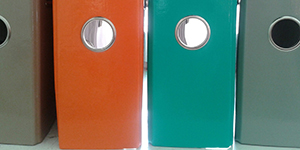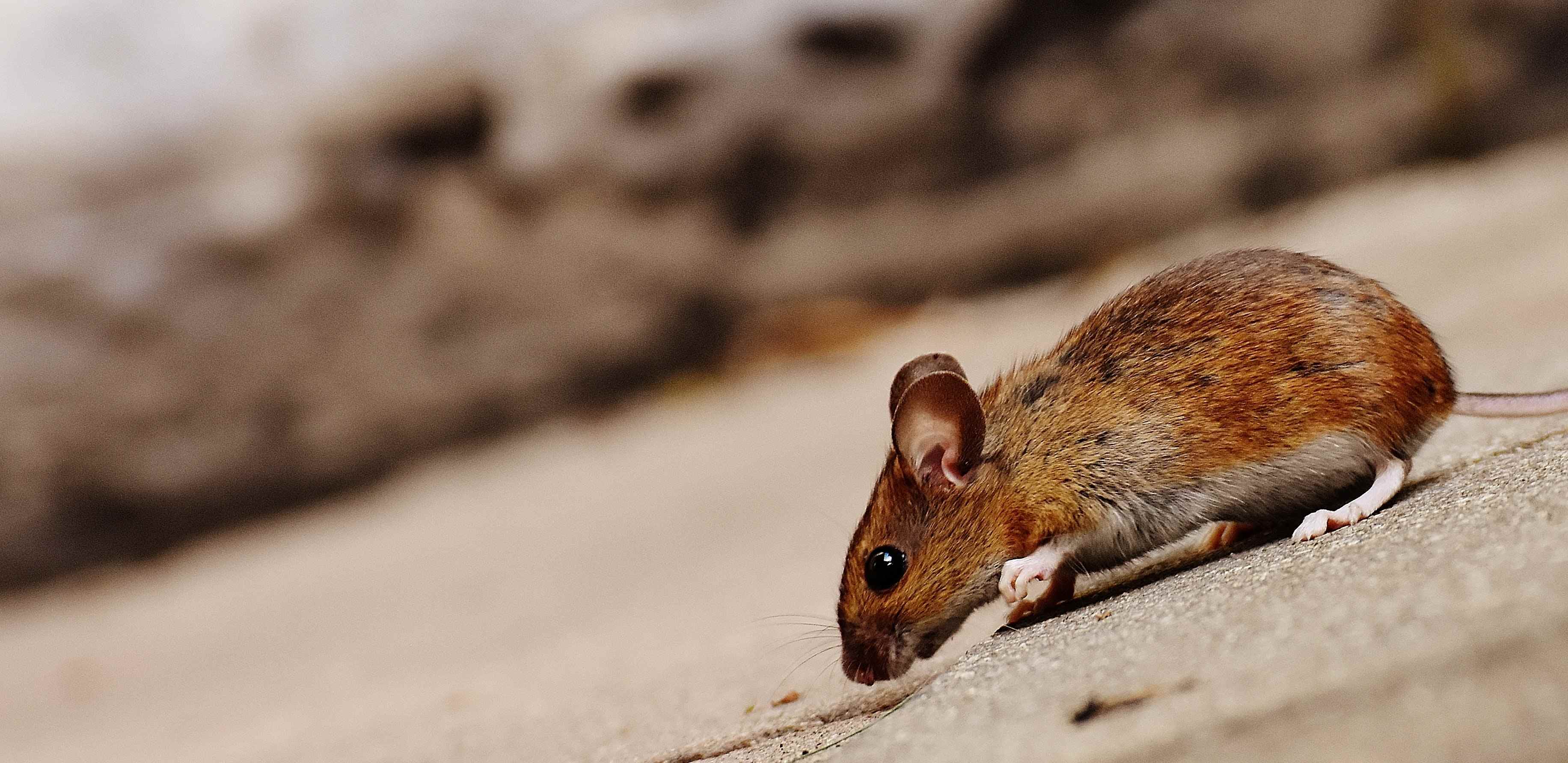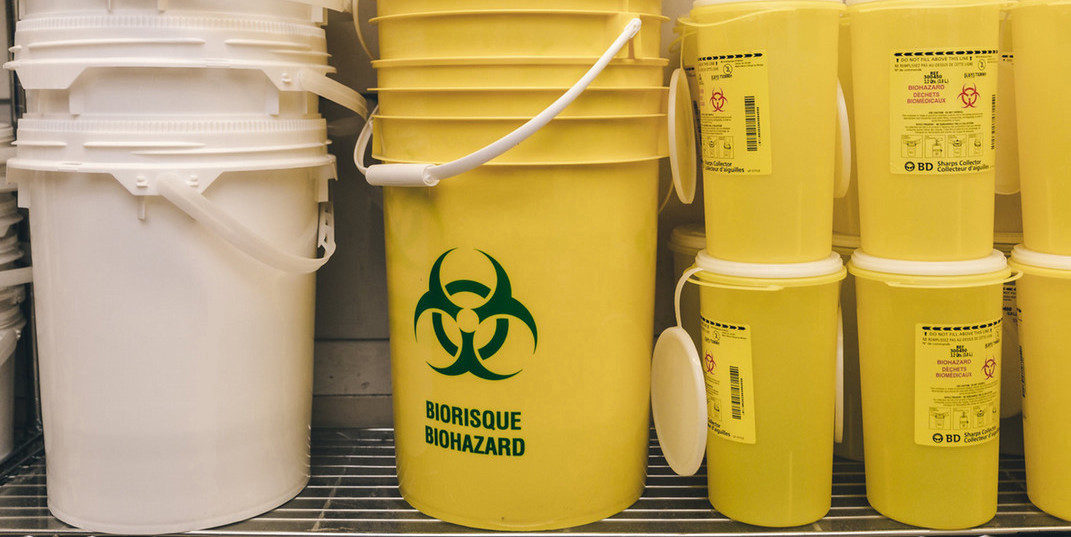Welcome to EH&S
Environmental Health & Safety (EH&S), a department in the Division of Administrative Affairs, is responsible for planning, implementing, and administering the campus Environmental Health and Safety Programs and for providing technical consultation, training, and inspection to ultimately ensure compliance with established laws and maintain a safe place to work, study, and play for faculty, staff, students, and visitors.
Spotlight

Safety News
News on new laws and regulations effecting EHS.
Student Safety Training
Student training is required for all classes, labs, research activities, technical work areas, and campus-sponsored extracurricular activities (i.e. student clubs and organizations) classified by EH&S as a Tier 1 elevated hazard level.

Report a Safety Concern
Members of the campus community can participate in making the campus a safe place to work, study, and live by identifying health and/or safety hazards or unsafe conditions.

Programs, Manuals, and SOPs
View the EH&S consolidated library of SOP's and written programs, along with best practices.
Universal Waste Services
Request universal waste collection services for your work area.
Universal Waste categories includes the following:
- Electronic Devices
- Batteries
- Lamps
- Cathode Ray Tubes (CRTs)
- CRT Glass
- Non-Empty Aerosol Cans
- Photovoltaic (PV) Modules
- Mercury Wastes

Pest Control Services
Request pest managment services and materials for your work area.

Cal Poly Pomona uses the CSU Safety Management system through Risk and Safety Solutions (RSS) for chemical hazard assessments, inventory management, and safety inspections.






